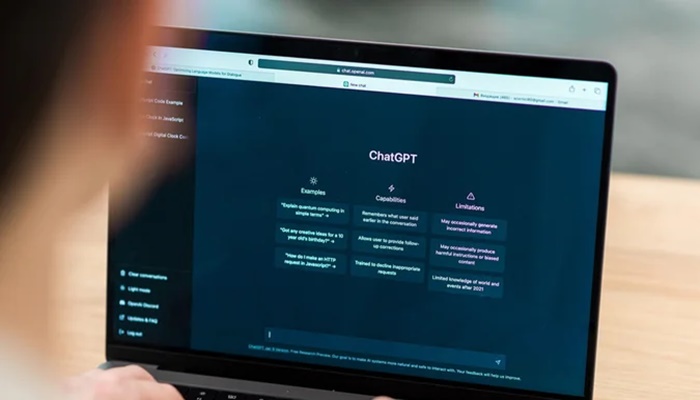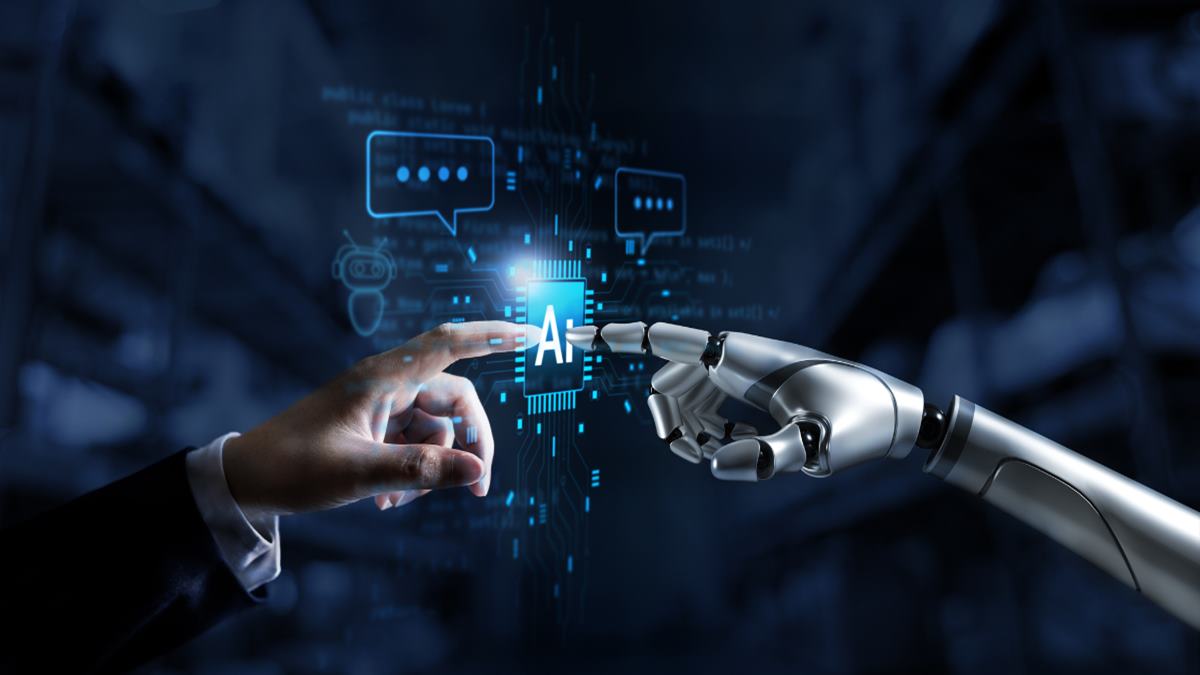As AI reshapes industries, reskilling has become more than a buzzword. With the rise of tools like ChatGPT and Gemini, employees need to embed AI learning into their daily workflows. This article explores why mastering AI is essential, what skills matter most, and how organizations can build impactful, hands-on training programs that align with business goals, reduce manual effort, and prepare teams for the future of work
A good training programme is no longer just a perk—it’s a strategic investment. As artificial intelligence (AI) rapidly redefines the world of work, employees and employers alike must rethink what it means to be prepared. Over the past year, many of us watched AI unfold with both curiosity and concern, sipping coffee over debates about whether it would replace us. Now, a new reality is setting in: AI isn’t replacing jobs—it’s reshaping them.
Skilling and reskilling conversations are now everyday staples in tech corridors. For individual professionals, being “job-ready” today means being AI-ready. Having at least two AI tools in your repertoire—and knowing how to apply them in real workflows—has become a baseline. Tools like ChatGPT and Google’s Gemini are no longer just impressive experiments; they’re productivity powerhouses for coders, marketers, analysts, and more.
For organizations, the message is even clearer. The average half-life of a skill is now under five years—often less in tech domains. That means employees need to learn something new every year to stay relevant. AI tools can eliminate repetitive tasks, surface insights, and increase efficiency. But that only happens when employees understand how to use these tools strategically—and that’s where effective reskilling comes in.
The case for skill taxonomy in ai reskilling
To make AI reskilling effective, organizations need to build a robust skills taxonomy—a detailed map of which capabilities are needed in which teams, and how they evolve over time. This prevents over-hiring and boosts retention by showing employees a clear learning path aligned with their role. AI can assist in creating dynamic skill maps, reducing guesswork and making learning more targeted and cost-efficient.
Skill mapping also informs smarter learning pathways. Once companies know what skills matter most, they can deploy tailored AI tools to automate and support repetitive processes. For example, a financial analyst reskilled in GenAI can automate reports, freeing time for strategic insights.
Embedding AI learning in the flow of work
Classroom-based training isn’t enough anymore. In fact, a 2021 BCG survey found that 65% of employees prefer to learn on the job. That means the most successful reskilling programs are built into daily workflows.
1. Simulated Learning Environments: Choose training platforms that provide hands-on, project-ready experiences, where employees can learn by doing. These environments mirror real-world challenges and help teams build confidence.
2. Workshops & Hackathons: Encourage employees to participate in GenAI hackathons or tool-based workshops. These sessions foster collaboration, innovation, and active learning—making AI an integral part of daily thinking, not just a theoretical concept.
3. Outcome-Based Learning Investments: Evaluate your training programs not just on attendance, but on ROI. Does it reduce costs? Improve delivery timelines? Upskilling is effective only when it helps win projects, retain clients, or reduce operational strain.
Making reskilling a collaborative journey
The success of AI reskilling depends heavily on transparency and collaboration. Leaders must treat employees not just as trainees, but as partners in transformation. When employees understand the “why” behind reskilling—from the client’s perspective and market demands—they’re more likely to take ownership of their learning journey.
At the same time, organizational leaders must be open about what opportunities are missing and what capabilities need to be developed. When employees feel part of the solution, they engage more deeply and adapt more quickly.
Choosing the right reskilling partner
In today’s high-velocity tech environment, the right reskilling partner can make or break your talent strategy. Look for providers who offer:
• Guided, hands-on training with real-world scenarios
• Customizable learning aligned to your project needs
• Skill validation through simulations and assessments
• Long-term support for adapting to new tools and technologies
AI isn’t just a tech revolution—it’s a talent revolution. By reskilling now and aligning training with the practical realities of AI-powered work, companies can stay ahead of the curve and empower employees to thrive, not just survive.




















